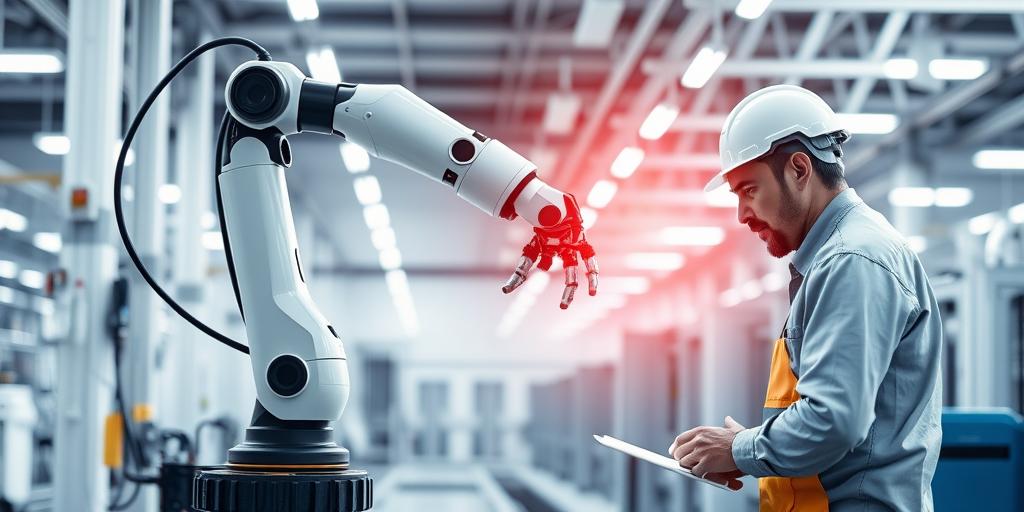Labor Laws in the Age of Automation
Automation is rapidly changing the landscape of work, and labor laws must evolve to keep pace. This post explores the key challenges and necessary adaptations.
The Rise of Automation
Automation technologies, including AI and robotics, are increasingly integrated into various industries. While automation can boost productivity and efficiency, it also raises concerns about job displacement and the need for workforce retraining.
Key Challenges
Job Displacement: Automation can lead to the elimination of certain jobs, particularly those involving repetitive tasks. Labor laws need to address how to support displaced workers through training and alternative employment opportunities.
Wage Stagnation: As automation increases productivity, the benefits may not be equally distributed. Labor laws should consider mechanisms to ensure fair wage growth for workers.
Worker Safety: Automated systems can create new safety risks. Regulations must be updated to address these risks and ensure a safe working environment.
Skills Gap: The demand for new skills is growing as automation changes job requirements. Labor laws need to promote education and training programs to bridge the skills gap.
Adapting Labor Laws
Investment in Retraining: Governments and businesses should invest in retraining programs to help workers acquire new skills that are in demand in the automated economy.
Strengthening Social Safety Nets: Unemployment benefits and other social safety nets should be strengthened to provide support for workers who lose their jobs due to automation.
Promoting Lifelong Learning: Labor laws can encourage lifelong learning by providing incentives for workers to pursue ongoing education and training.
Updating Workplace Safety Regulations: Workplace safety regulations need to be updated to address the unique risks associated with automated systems.
Conclusion
The age of automation presents both opportunities and challenges for workers. By adapting labor laws to address these challenges, we can ensure a more equitable and prosperous future for all. Continuous evaluation and adaptation of labor laws are essential to keep pace with the evolving technological landscape.
Keywords: Automation, labor laws, job displacement, worker retraining, skills gap, workplace safety, social safety nets, lifelong learning, wage stagnation.









